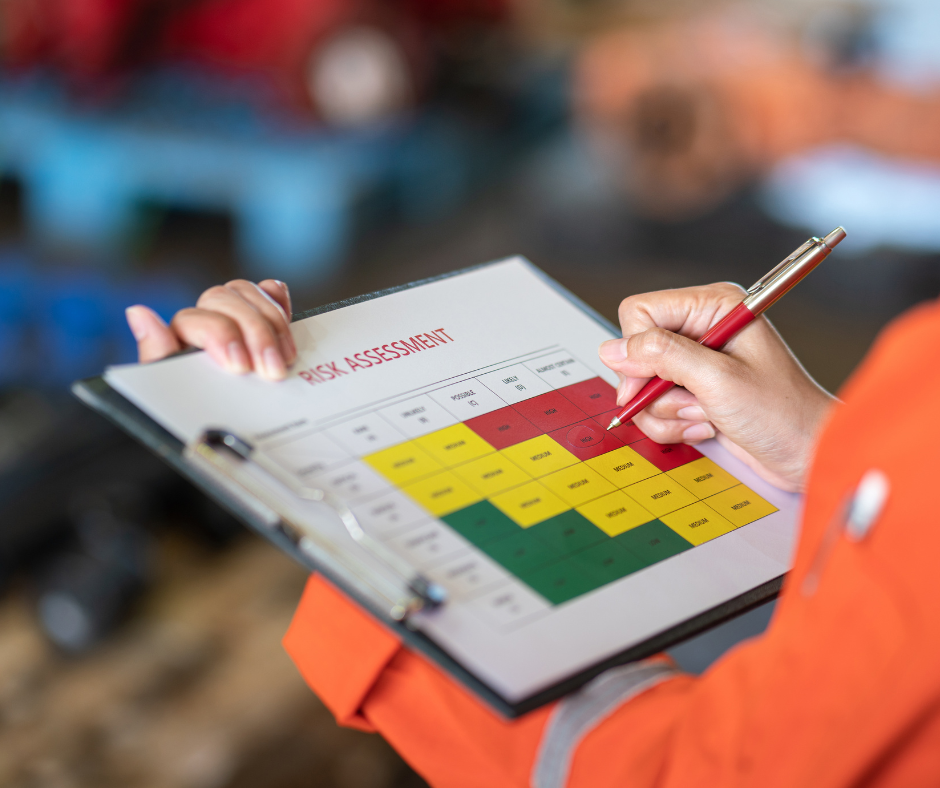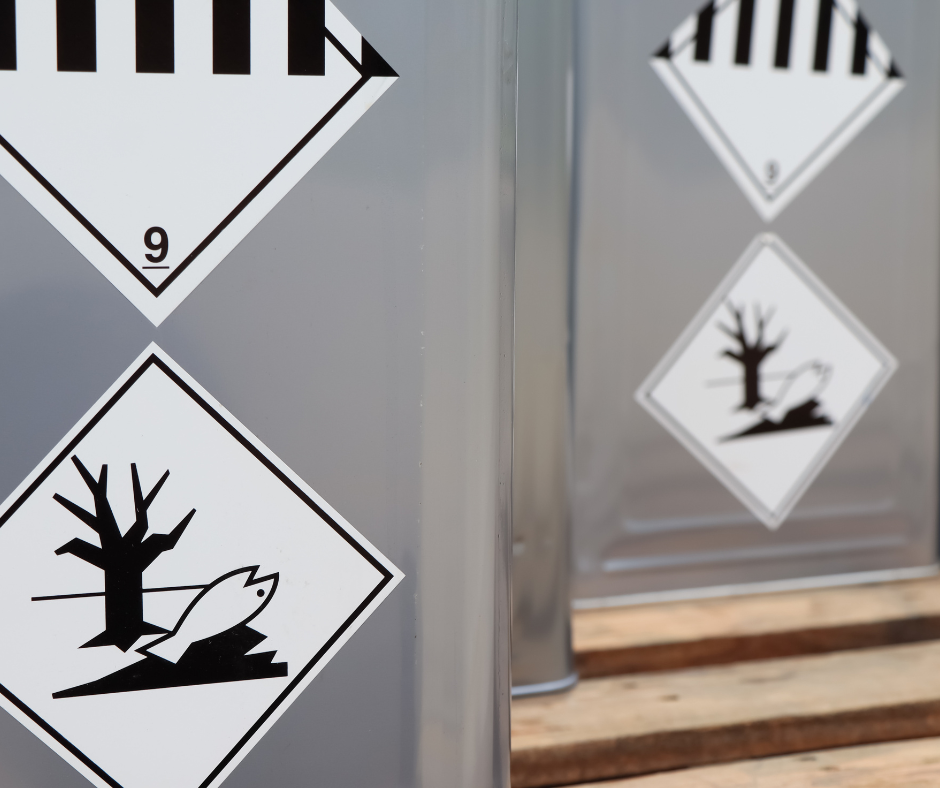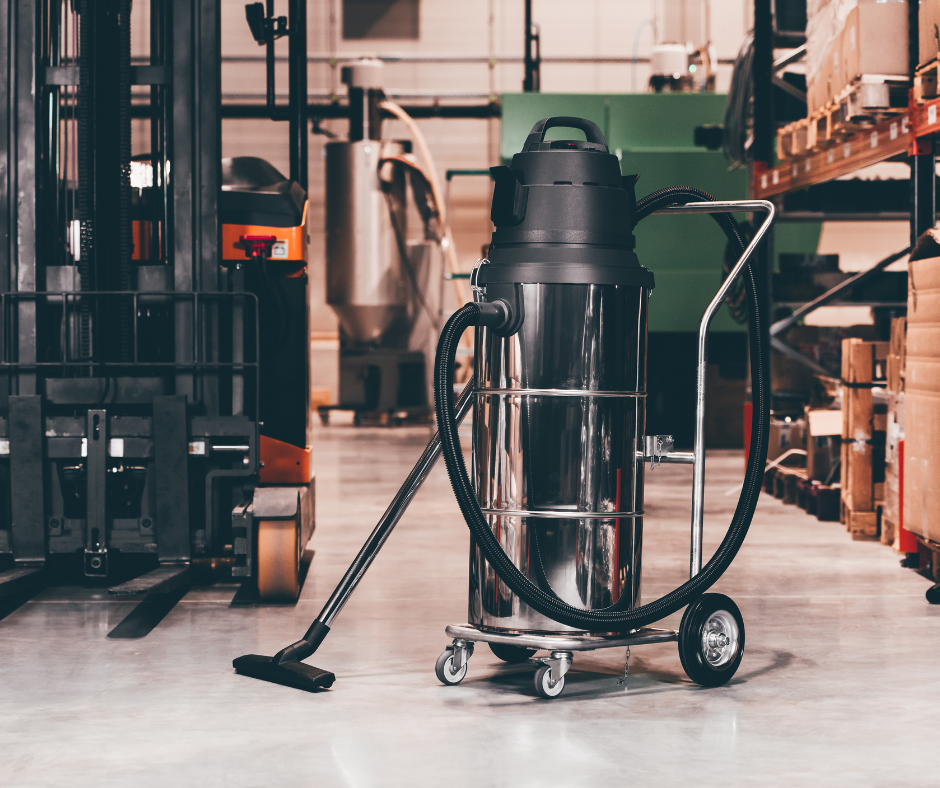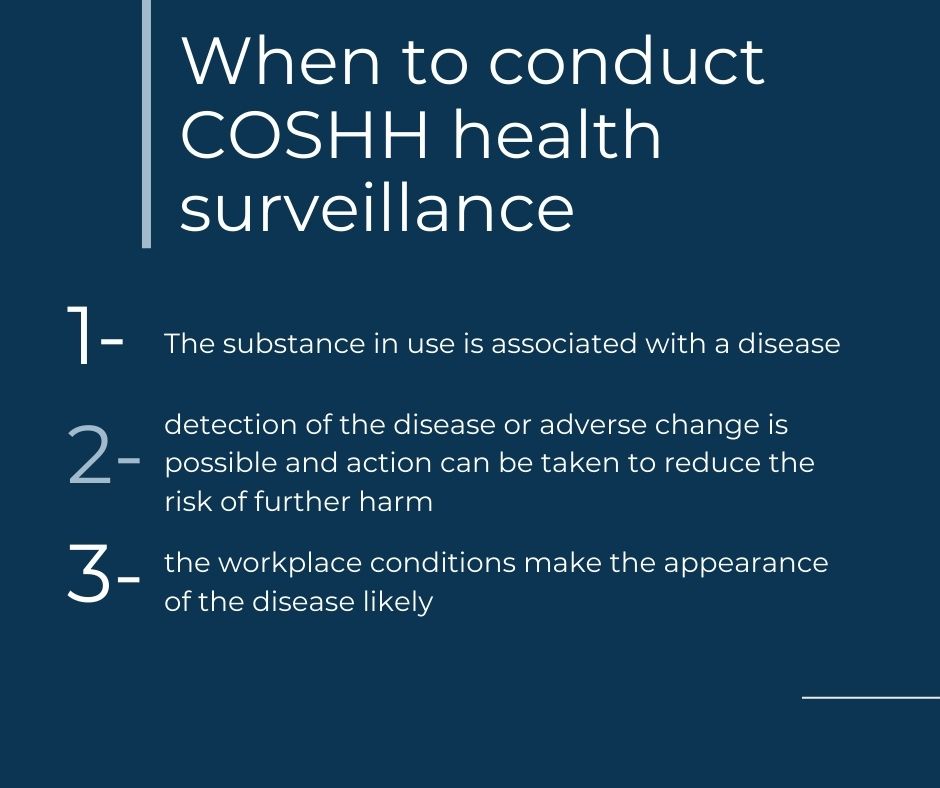Any substance with the capacity to inflict harm in any form is defined as hazardous. According to COSHH, hazardous substances are defined as those that are corrosive, explosive, toxic, or capable of oxidizing.
Almost every UK workplace will use substances that pose potential health hazards. Therefore making sure that employees can recognize such substances and understand how to keep themselves safe, along with implementing appropriate controls, is essential.
1. Conduct a COSHH risk assessment
 A COSHH assessment should:
A COSHH assessment should:
- Identify the hazards
- These could be from labelled substances, or from substances produced by your processes
- Assess the risks
- Identify who might be harmed by the substance and how they would come into contact with it
- Inform how you can control the risks
2. Eliminate substances where possible
Prevention is the ideal, and should be considered before any other controls.
In order to remove a hazardous substance from the workplace, you may need to change your working processes so that the substance is not required, or so that a by-product of the process is not created.
3. Substitute when elimination is not viable
If a type of substance is necessary for your operations, see if it can be swapped for a less hazardous alternative. This could be a product with a different chemical make-up, or a safer form of a product.
4. Store hazardous substances in clearly marked containers
 Whenever possible, hazardous substances should be stored in their original container from the manufacturer. It is important that containers are clearly marked to show what is inside and how it should be used – hazardous substances should never be stored in unmarked containers or in containers that are used for any other purpose.
Whenever possible, hazardous substances should be stored in their original container from the manufacturer. It is important that containers are clearly marked to show what is inside and how it should be used – hazardous substances should never be stored in unmarked containers or in containers that are used for any other purpose.
5. Ensure substances are stored safely
Hazardous substances must be stored appropriately, kept at the correct temperature and stored separately to any other substances that they may react with. Containers should be suitably robust for the substance inside.
6. Provide COSHH training for employees
Training should be provided for employees so that they know:
- How to report safety issues
- What the safety rules and procedures are in your workplace in regards to hazardous substances
- What PPE they require and how to use it properly
- How to use control equipment
- What the hazards and risks are
7. Implement control equipment
There are two types of control equipment – equipment designed to reduce the presence of a hazardous substance (such as extraction systems, spill kits, etc.), and equipment designed to protect the user from hazardous substances, such as PPE.
8. Make changes to ways of working
 Sometimes a change in working approach can reduce the effects of a hazardous substance.
Sometimes a change in working approach can reduce the effects of a hazardous substance.
For example, in the case of wood dust, changing the cleaning procedure from sweeping to vacuuming can help to prevent harmful dust particles from becoming airborne and being inhaled by workers.
9. Monitor the control of exposure to hazardous substances
Monitoring refers to measuring to check a control is adequate and working correctly.
There are a number of ways to monitor exposure, looking at the spread of contamination, amount of substance inhaled, amount of substance in the body, and more.
10. Conduct COSHH health surveillance
 Health surveillance should be conducted when:
Health surveillance should be conducted when:
- the substance in use is associated with a disease
- detection of the disease or adverse change is possible and action can be taken to reduce the risk of further harm
- the workplace conditions make the appearance of the disease likely

Asbestos Awareness and Control of Hazardous Substances training courses are essential tools in protecting the health of your workers. Make sure you don’t miss out on our 10% off deal on these courses, available until the end of February. Simply enter the code ‘OccHealth10’ at checkout to save!
Read more Top 10 Tips blogs here.
To keep up to date with the latest health & safety news and advice, follow us on social media:
